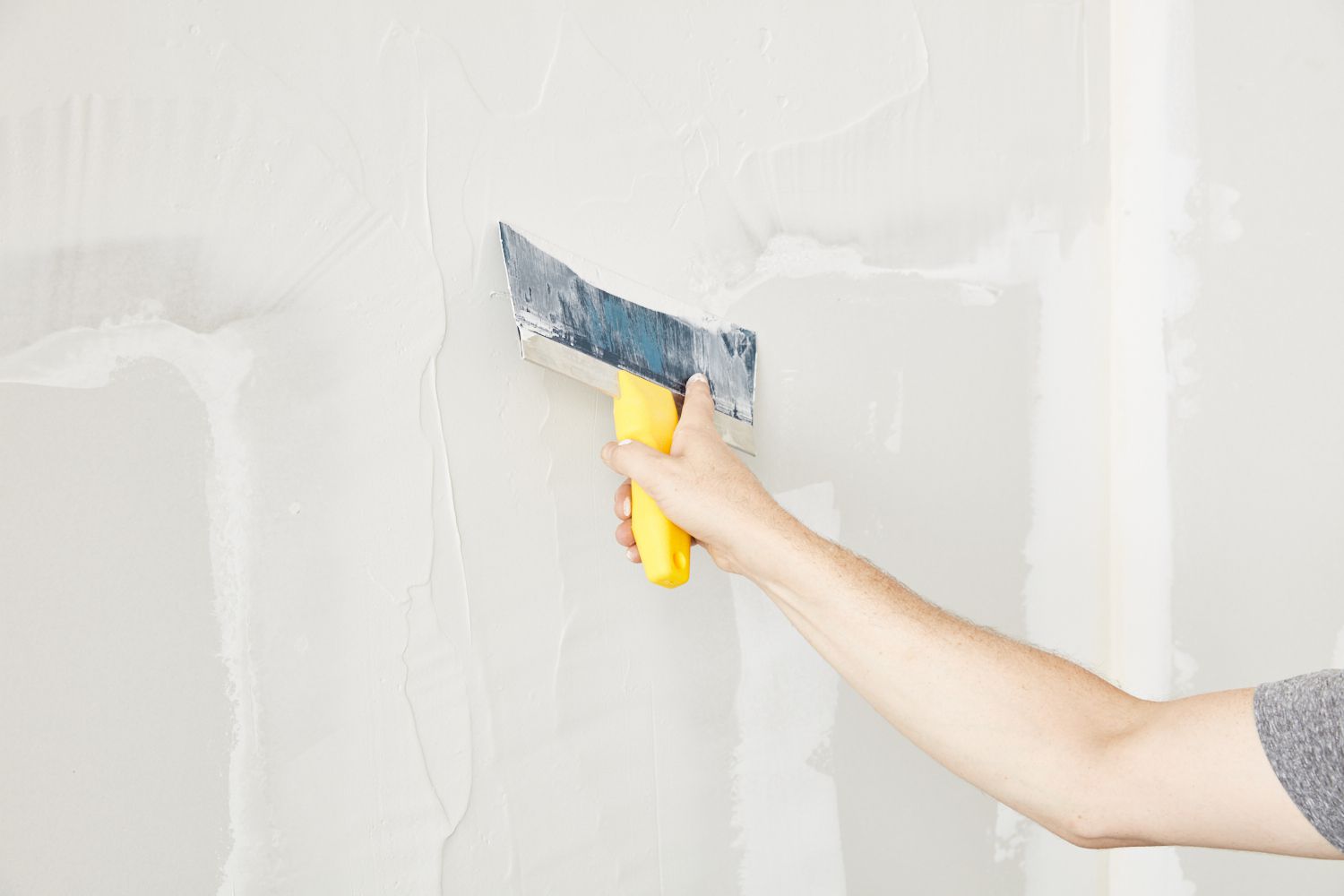

Articles
How To Choose A Level Of Drywall Finish
Modified: January 19, 2024
Learn how to choose the perfect level of drywall finish for your project with our informative articles. Gain insights and tips from industry experts to achieve flawless results.
(Many of the links in this article redirect to a specific reviewed product. Your purchase of these products through affiliate links helps to generate commission for Storables.com, at no extra cost. Learn more)
Introduction
When it comes to finishing your drywall, choosing the right level of finish is crucial. The level of drywall finish not only determines the final look of your walls but also affects their durability and longevity. Whether you are undertaking a home renovation project or constructing a new building, understanding the different drywall finish levels and how to choose the appropriate one is essential.
So, what exactly are drywall finish levels? In simple terms, drywall finish levels refer to the degree of smoothness and preparation of the drywall surface. The higher the level, the more refined the finish. Each level has its own specifications regarding the application of joint compound, sanding, and overall surface preparation.
Choosing the right level of drywall finish depends on several factors, including the desired aesthetic appearance, project budget, functional requirements, and time constraints. It’s important to carefully consider these factors to ensure that your chosen finish level aligns with your project goals and meets your expectations.
In this article, we will explore the different drywall finish levels, their characteristics, ideal uses, and the factors you should consider when deciding which level is best for your project. By the end, you will have a clear understanding of how to choose a level of drywall finish that will result in a beautiful and durable result.
Key Takeaways:
- Choose the right drywall finish level by considering aesthetic appeal, durability, cost, maintenance, and project requirements. Balance your budget and timeline while aiming for the desired result.
- Level 1 finish is cost-effective but leaves an unfinished look. Consider functional requirements, budget, aesthetic appeal, and time constraints when choosing a drywall finish level.
Read more: How To Finish Drywall Butt Joints
Understanding Drywall Finish Levels
Drywall finish levels are standardized guidelines that determine the degree of smoothness and preparation required for the surface of your drywall. These levels provide a consistent standard for contractors and builders to follow when finishing walls. Each level has specific requirements for joint compound application, sanding, and surface preparation, with higher levels requiring more attention to detail and refinement.
The importance of choosing the right level of drywall finish cannot be overstated. The finish level you select will directly impact the final appearance of your walls, as well as their durability and ability to withstand wear and tear. A well-executed drywall finish can transform a space, giving it a polished and professional look.
Here’s why understanding and choosing the appropriate level of drywall finish is crucial:
- Aesthetic Appeal: Different projects may have varying aesthetic requirements. For instance, a Level 5 finish is ideal for projects that will have critical lighting conditions, such as gloss or semi-gloss paint finishes or rooms with strong natural or artificial lighting. On the other hand, lower level finishes may be acceptable for areas where the walls will be covered with wallpaper or heavily textured.
- Durability: The level of drywall finish directly affects the durability and longevity of your walls. Higher levels of finish are more resistant to dents, impacts, and other types of surface damage. Hence, if you anticipate high-traffic areas or areas susceptible to frequent contact, opting for a higher level of finish will provide enhanced durability.
- Cost Considerations: While higher levels of drywall finish offer superior aesthetics and durability, they also require more time and effort. It’s important to consider your project budget when choosing a finish level, as higher levels may involve additional labor and materials costs.
- Maintenance and Cleaning: Keep in mind that different finish levels have varying degrees of smoothness and texture. Finishes with a higher level of smoothness are generally easier to clean and maintain, as they minimize dust accumulation and make it easier to wipe off marks and stains.
- Project Requirements: Depending on the nature of your project, specific requirements may dictate the appropriate level of drywall finish. For example, in commercial projects, building codes or guidelines may specify the minimum level of finish to meet certain fire safety or acoustic standards.
By understanding the different drywall finish levels and considering these factors, you can make an informed decision about the level that best suits your project. In the next sections, we will explore each level of drywall finish in detail.
Level 1 Drywall Finish
Level 1 drywall finish is the most basic and least refined level of finish among the different drywall finish levels. It is characterized by a minimal amount of preparation and treatment to the surface, resulting in a rough and uneven appearance.
Description of Level 1 finish:
Level 1 finish involves applying joint compound over the seams and screws on the drywall, without any further smoothing or refinement. This means that the tape and fasteners are covered, but the surface is left with visible tool marks and ridges. Level 1 finish is not sanded or smoothed, resulting in an unfinished look.
Ideal uses for Level 1 finish:
Level 1 finish is typically used in areas where the walls will be concealed by other materials, such as wallpaper or heavy texture. It is commonly used in garages, storage rooms, attics, and other areas where the appearance of the walls is not a primary concern. Since Level 1 finish does not provide a smooth surface, it is not suitable for rooms or spaces that require paint or other decorative finishes.
Pros and cons of Level 1 finish:
Pros:
- Cost-effective: Level 1 finish requires minimal effort and materials, making it the most affordable option among the drywall finish levels.
- Quick application: Since Level 1 finish does not involve extensive preparation or sanding, it can be applied relatively quickly.
- Acceptable in non-visible areas: Level 1 finish is suitable for areas where the appearance of the walls is not a concern, allowing you to save time and resources.
Cons:
- Unfinished appearance: Level 1 finish leaves the surface with visible tool marks and ridges, resulting in an unfinished and rough look.
- Limited usability: Due to its rough texture, Level 1 finish is not suitable for areas that require paint or other decorative finishes.
- Less durability: Level 1 finish offers minimal protection against dents, impacts, and other types of surface damage compared to higher levels of finish.
While Level 1 finish may have its advantages in certain situations, it is important to consider the visual and functional requirements of your project. If your project calls for a smoother and more refined finish, you may want to explore the higher levels of drywall finish.
When choosing a level of drywall finish, consider the lighting in the room. Higher levels of finish are more suitable for areas with natural or bright lighting, as imperfections are more visible.
Factors to Consider When Choosing a Level of Drywall Finish
Choosing the right level of drywall finish for your project involves considering various factors. Each project has unique requirements and constraints that should be taken into account. Here are some key factors to consider when determining the appropriate level of drywall finish:
1. Project budget:
Your budget will play a significant role in selecting the level of drywall finish. Higher levels of finish usually require more time, effort, and skill, resulting in increased labor and material costs. If you have budget limitations, you might need to opt for a lower level of finish that provides an acceptable appearance while keeping costs in check.
2. Desired aesthetic appearance:
The aesthetic outcome you envision for your project will greatly influence the choice of drywall finish level. If you aim for a smooth and flawlessly finished surface, a higher level of finish, such as Level 4 or Level 5, may be necessary. These levels involve more detailed preparation, sanding, and skim coating to achieve a refined look suitable for top coatings like gloss or semi-gloss paint. On the other hand, if you plan to cover the walls with heavy texture, wallpaper, or other materials that hide imperfections, a lower level of finish may suffice.
3. Functional requirements:
Consider the functional requirements of the space when selecting a drywall finish level. For example, high-traffic areas or areas prone to frequent contact may benefit from a higher level of finish, as these finishes offer better durability and resistance to surface damage. If you anticipate the walls being subjected to heavy wear and tear, it is advisable to opt for a level of finish that provides enhanced protection against impacts and dents.
4. Time constraints:
The timeline of your project is another factor that should be taken into account when determining the level of drywall finish. Higher levels of finish involve more steps and meticulous preparation, which can significantly extend the overall project timeline. If you have tight deadlines or time constraints, you may need to prioritize a faster and more straightforward finishing process, which could mean opting for a lower level of finish.
It is important to carefully evaluate these factors to find a balance between your project requirements and limitations. Consider consulting with a professional contractor or drywall specialist who can guide you in selecting the most appropriate level of finish based on your specific needs and preferences.
Conclusion
Choosing the right level of drywall finish for your project is a crucial decision that can greatly impact the final appearance and longevity of your walls. By understanding the different drywall finish levels and considering key factors such as project budget, desired aesthetic appearance, functional requirements, and time constraints, you can make an informed decision that aligns with your project goals and constraints.
Remember, higher levels of finish, such as Level 4 and Level 5, offer increased refinement and durability, making them ideal for spaces that require a smooth and flawless surface or areas prone to heavy use. On the other hand, lower level finishes, like Level 1, are suitable for areas where the walls will be covered or where appearance is less of a concern.
Importantly, don’t forget to consider your budget and timeline when selecting a level of drywall finish. Higher levels of finish may involve more labor and materials, resulting in increased costs and longer project timelines. It’s essential to strike a balance between achieving the desired result and staying within your project parameters.
Lastly, seeking the advice of a professional contractor or drywall specialist can provide valuable insights and guidance. Their expertise can help you navigate through the options and make an informed decision that meets your project’s unique requirements.
By carefully considering these factors and making a well-informed choice, you can ensure that your drywall finish enhances the overall aesthetics, durability, and functionality of your space, resulting in a finished product that exceeds your expectations.
Frequently Asked Questions about How To Choose A Level Of Drywall Finish
Was this page helpful?
At Storables.com, we guarantee accurate and reliable information. Our content, validated by Expert Board Contributors, is crafted following stringent Editorial Policies. We're committed to providing you with well-researched, expert-backed insights for all your informational needs.
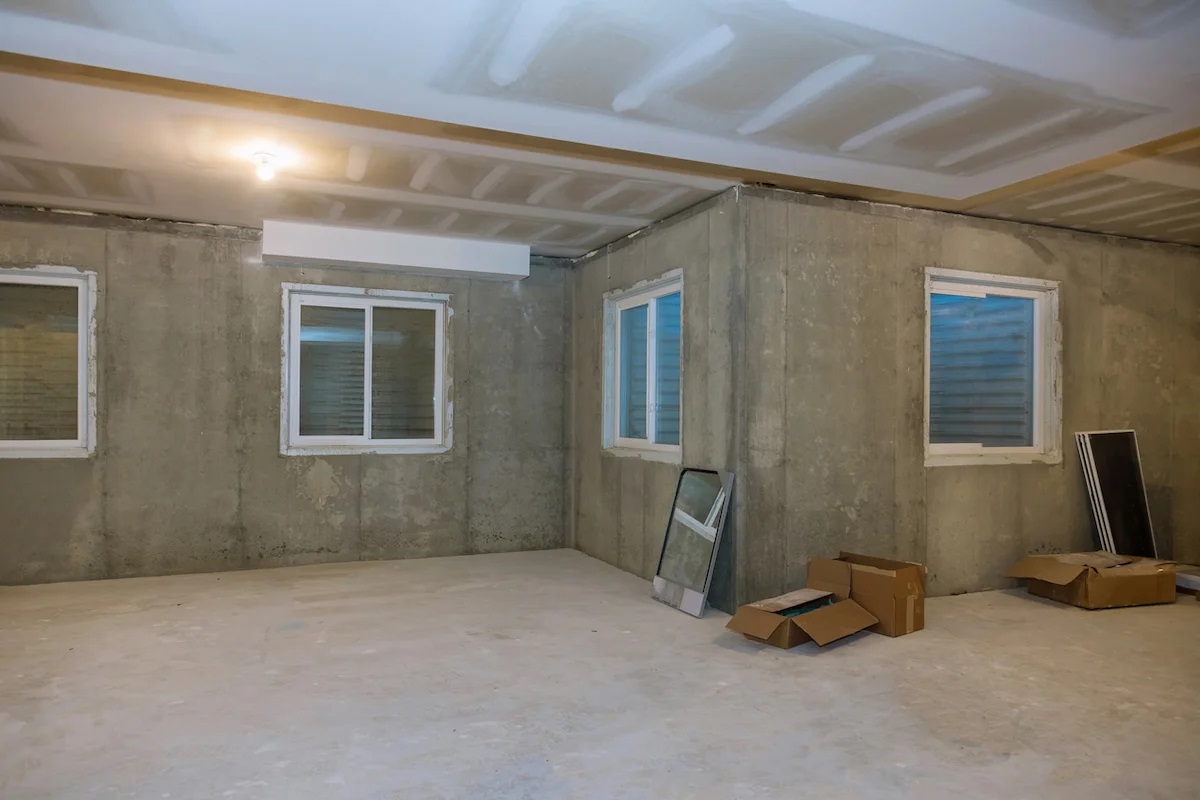
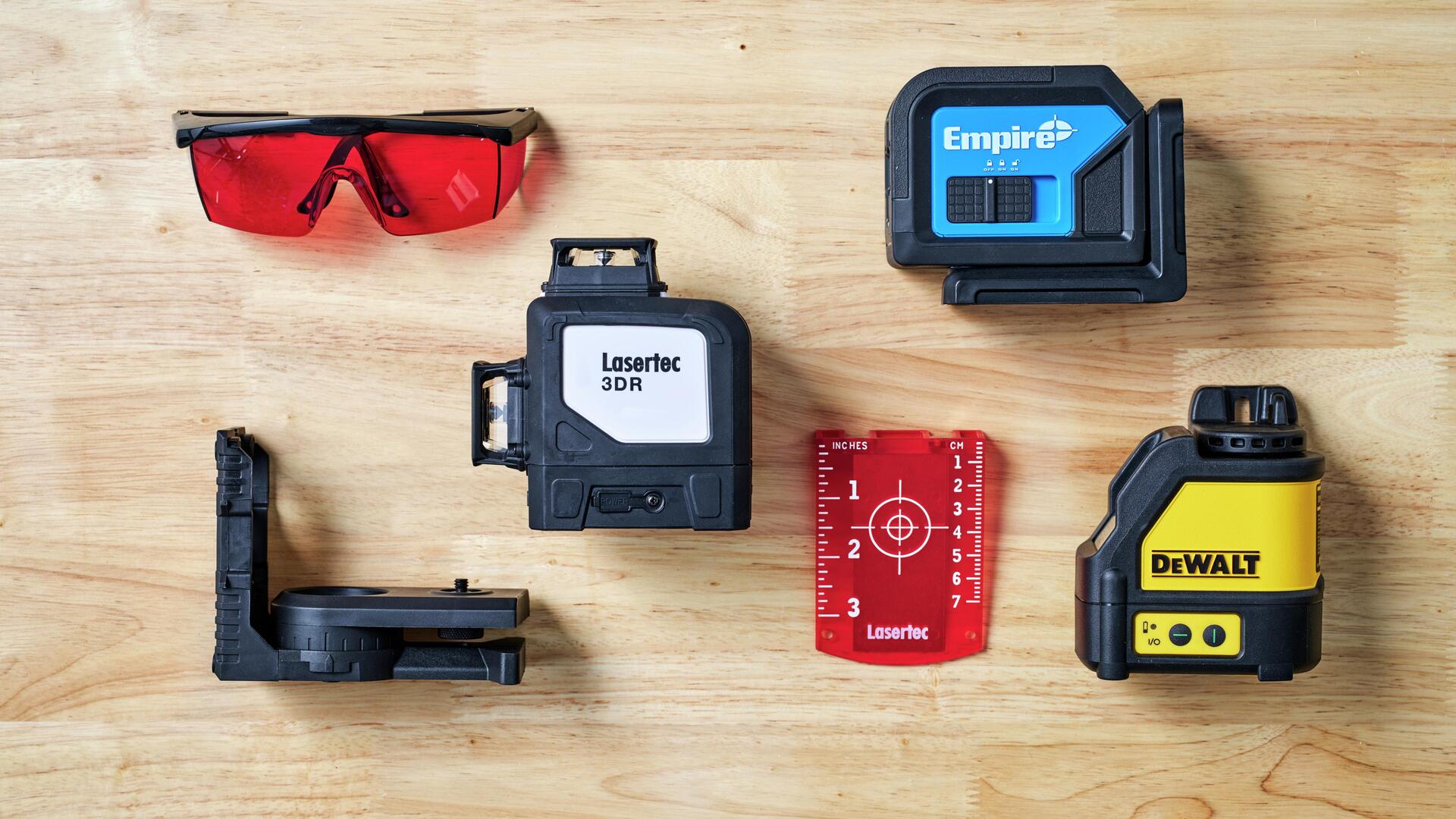
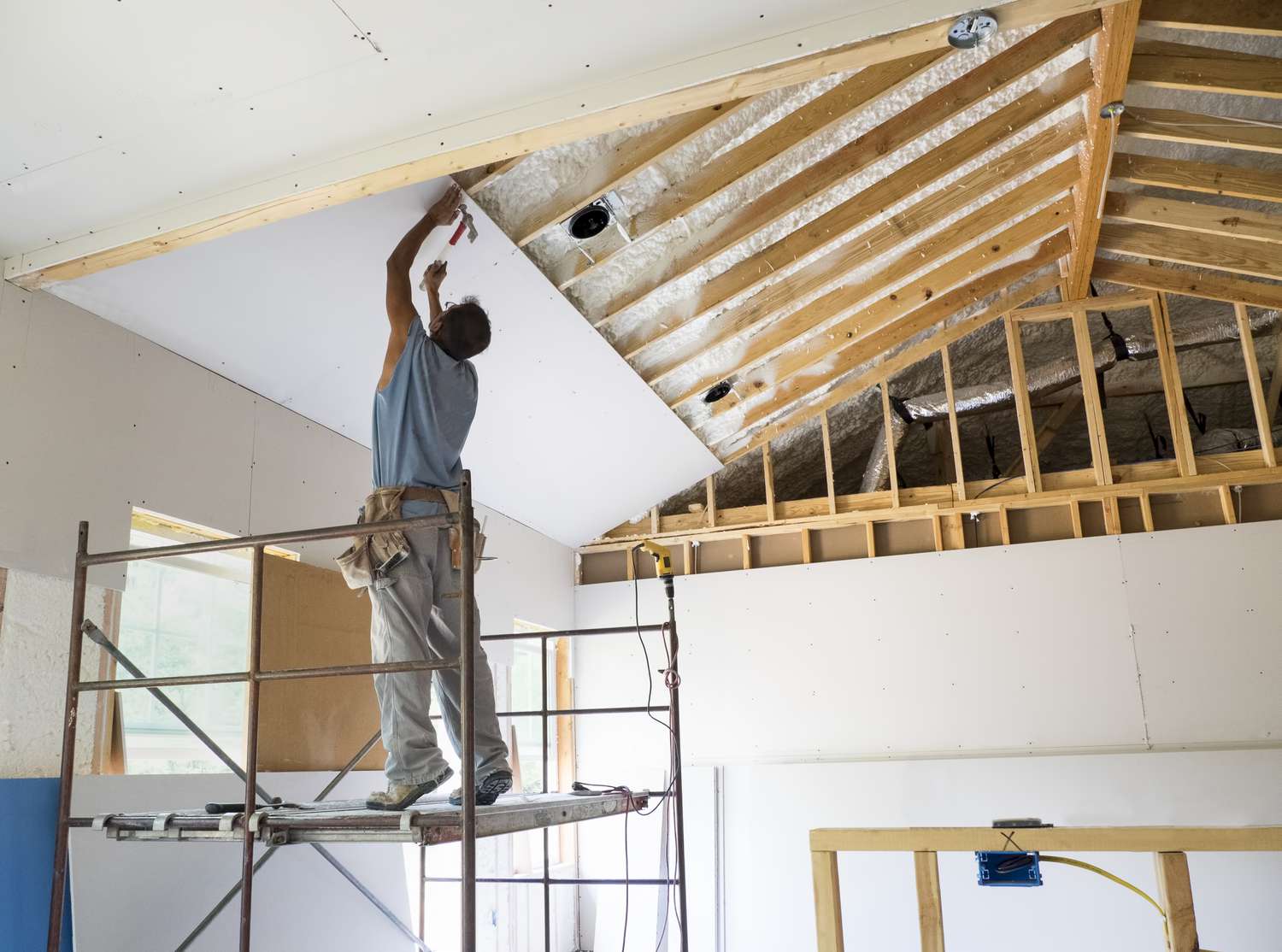
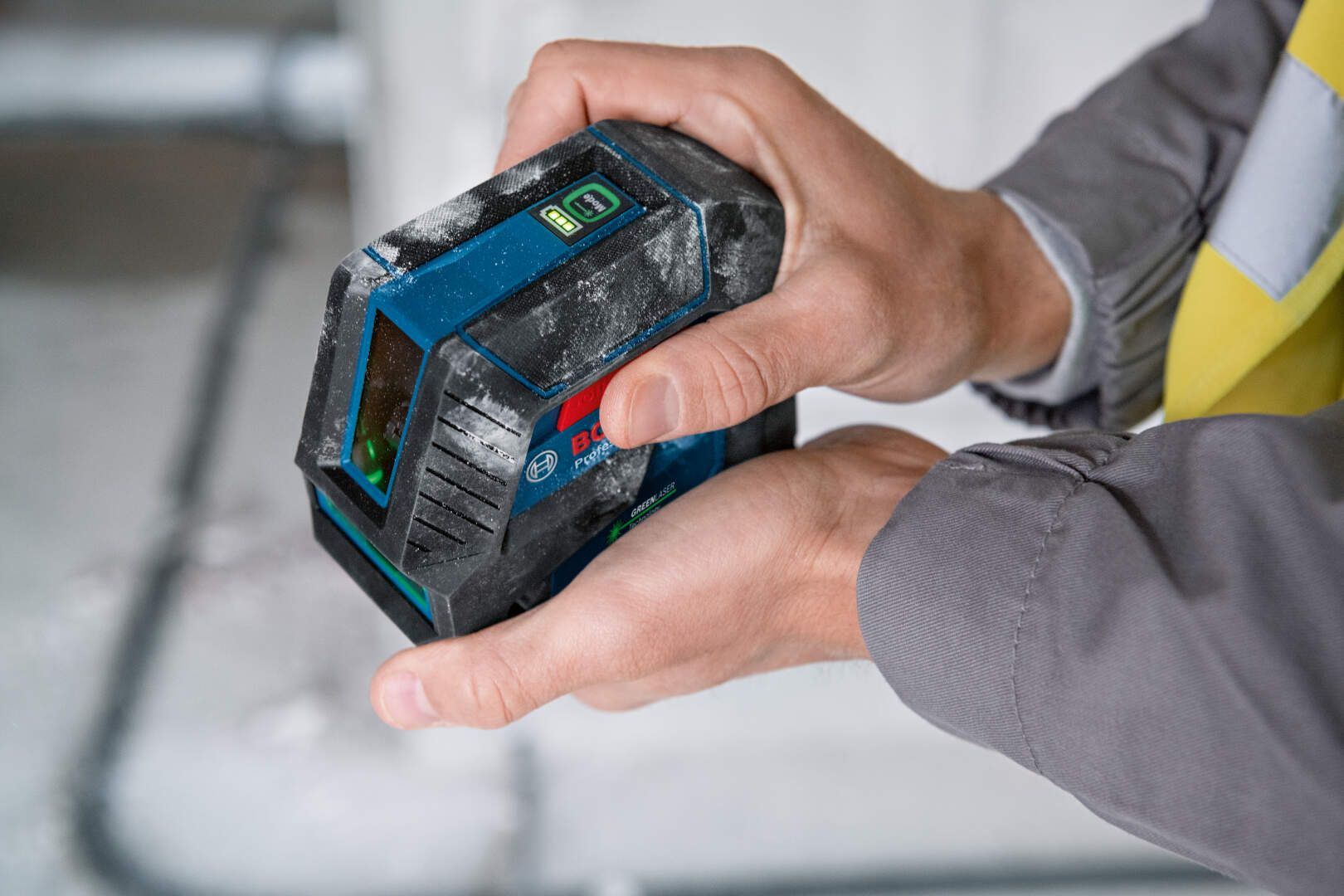
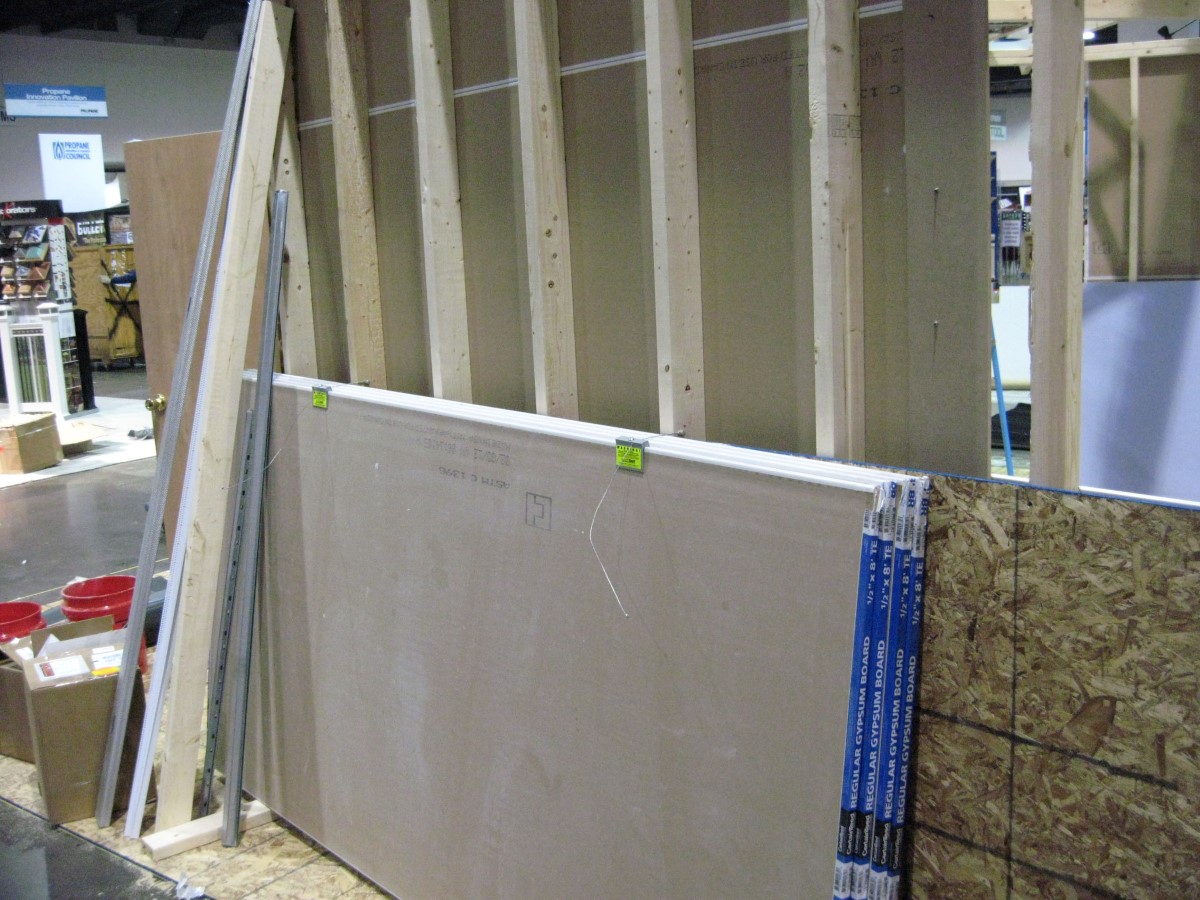
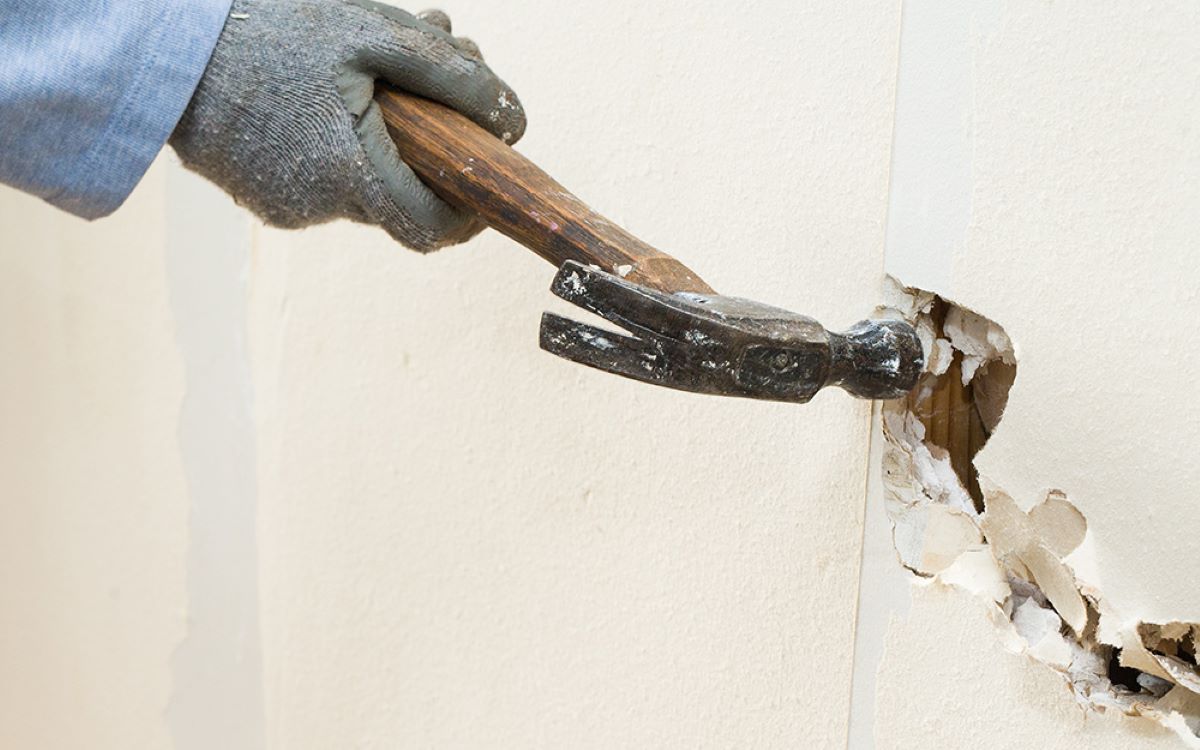
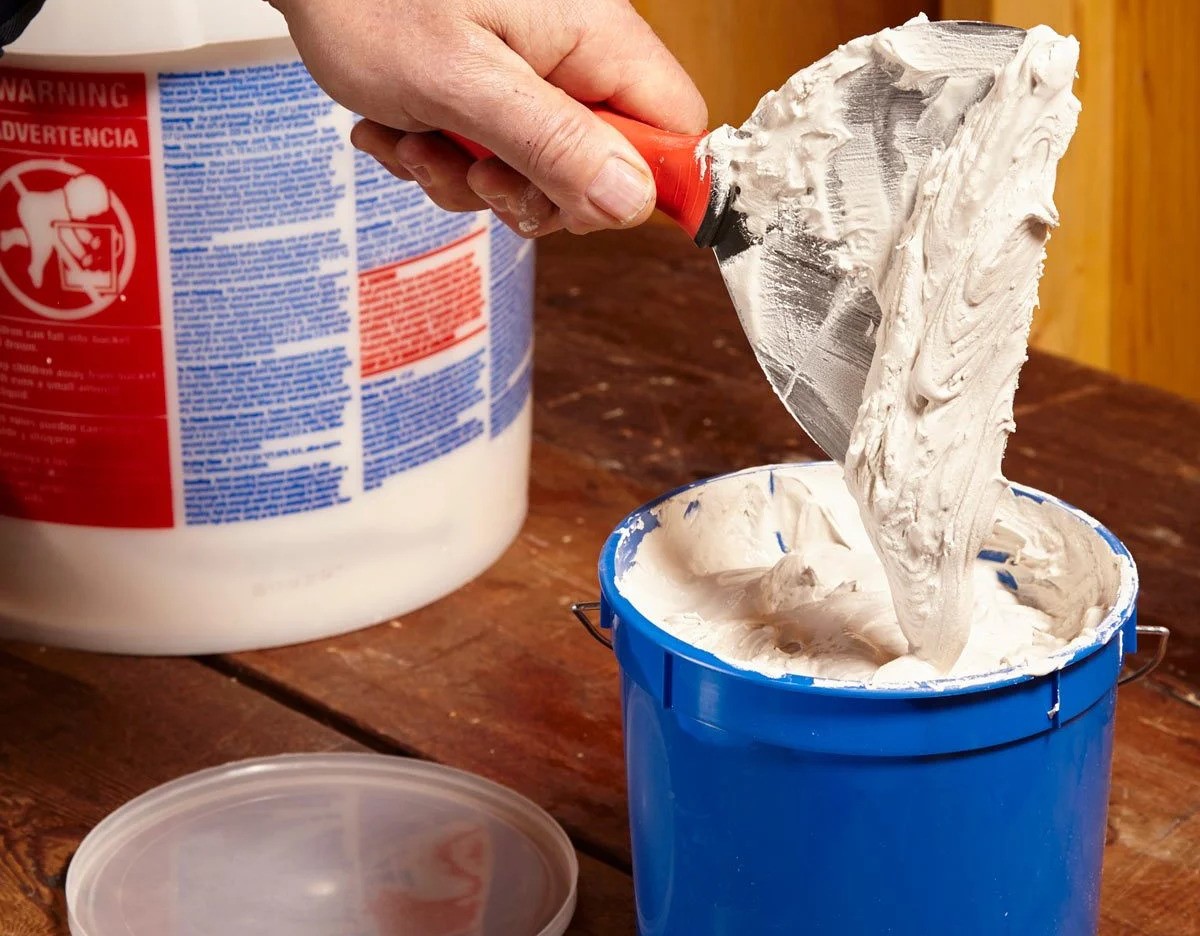
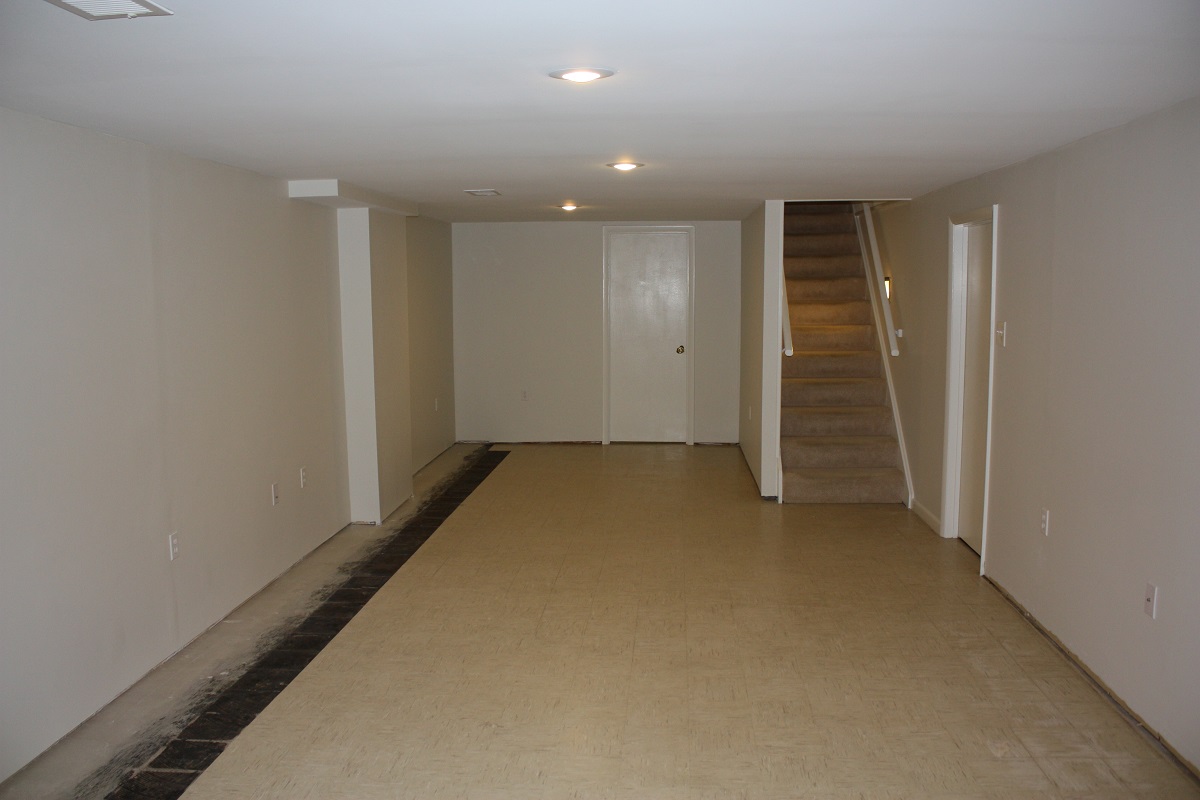
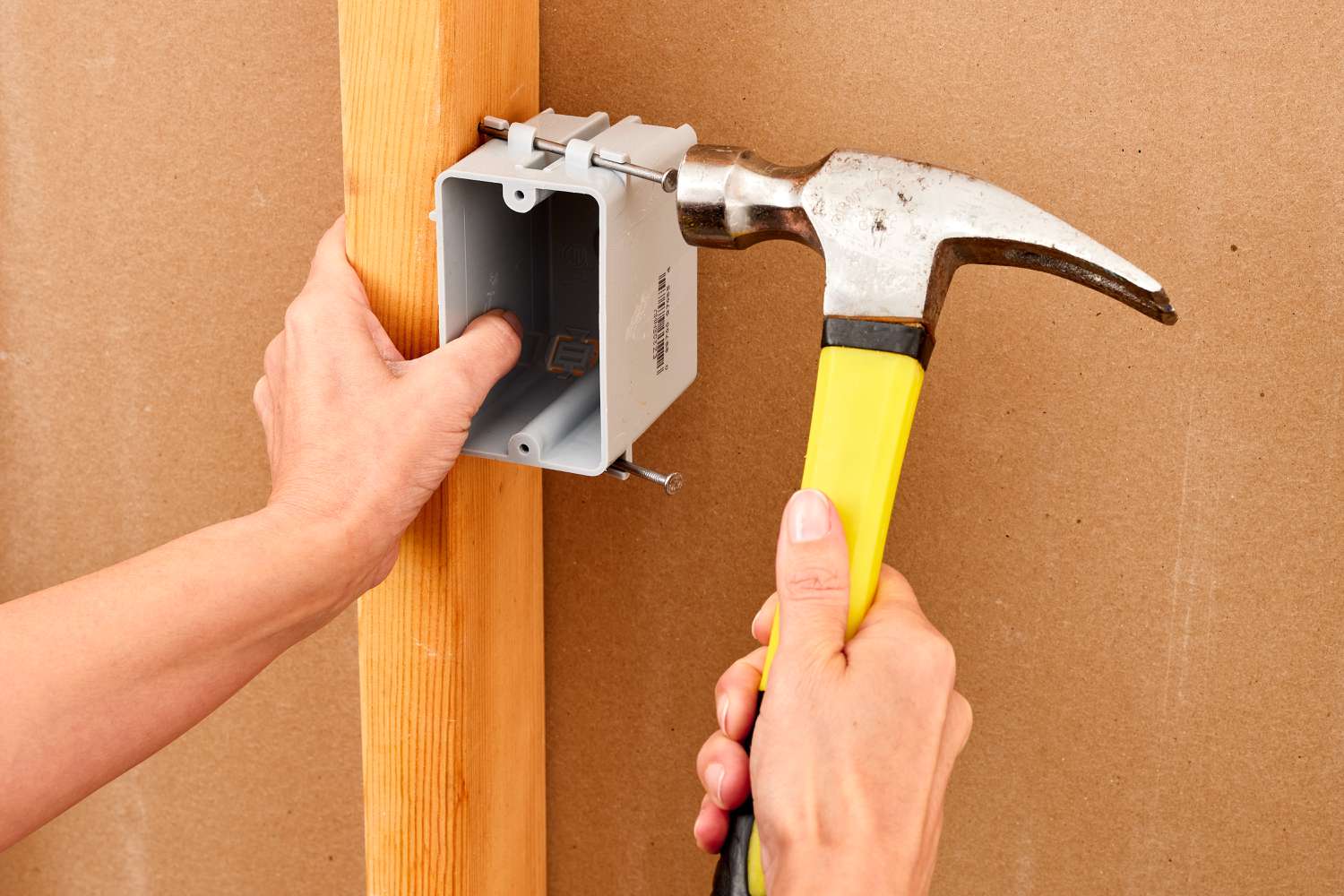
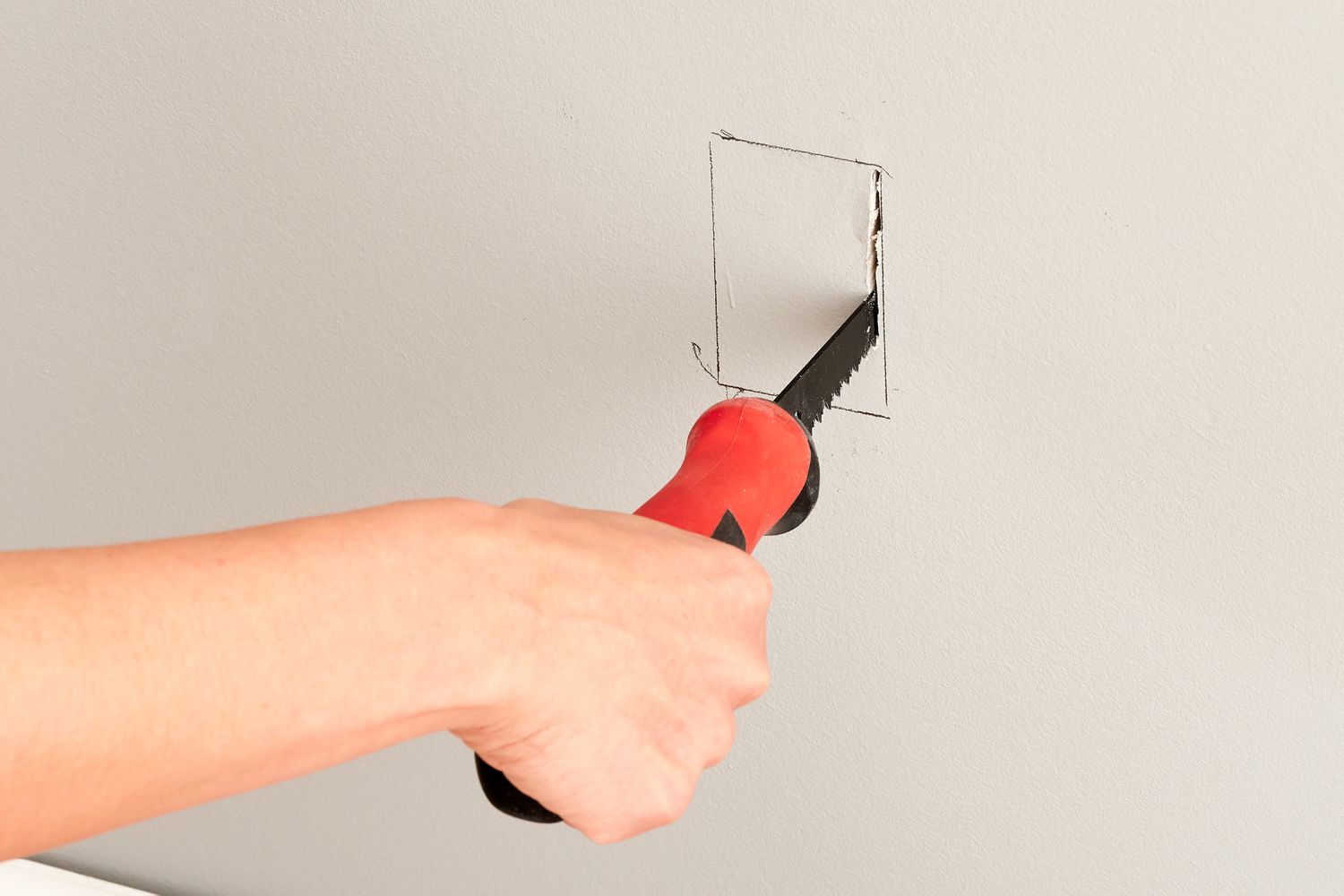
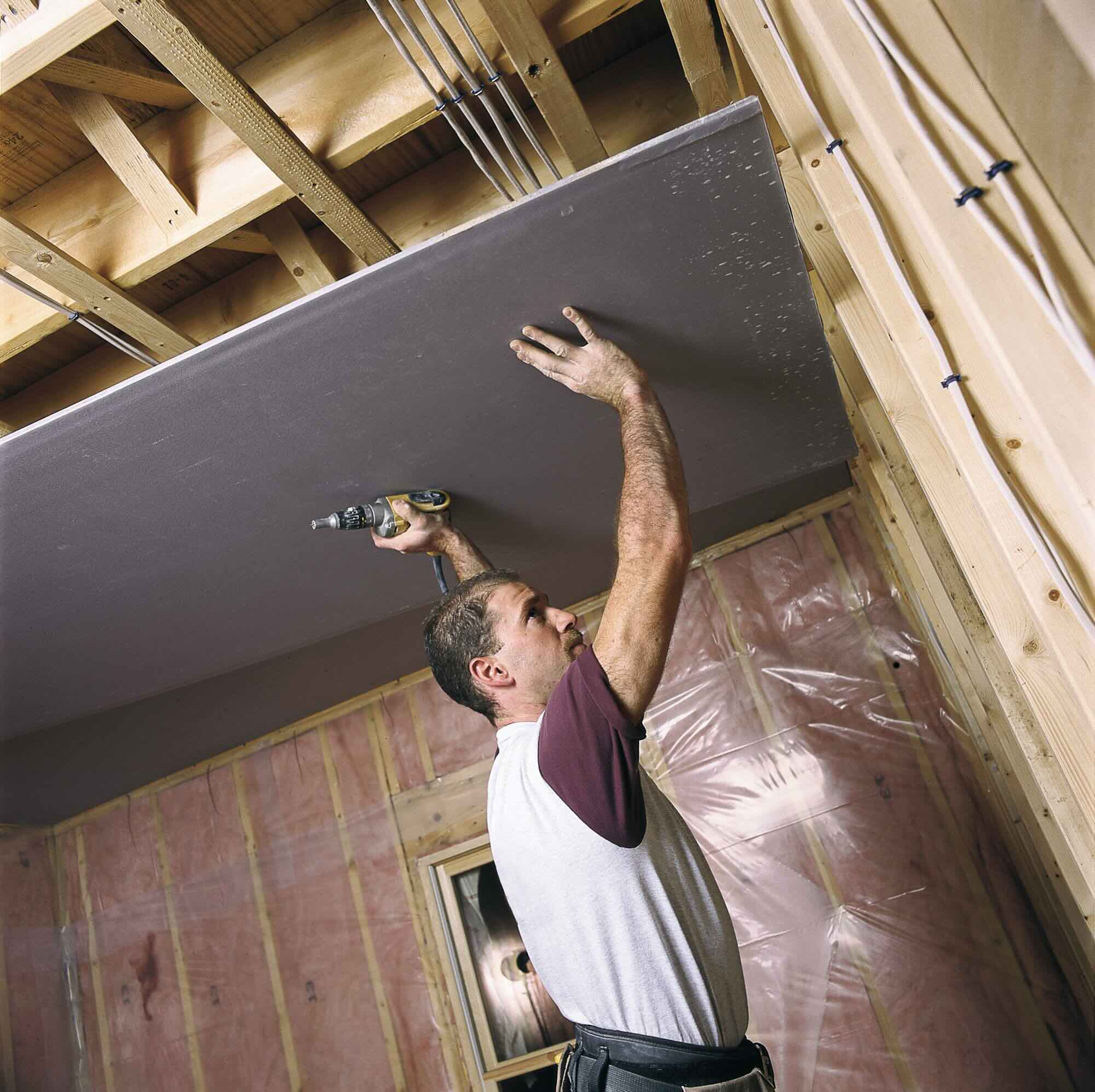
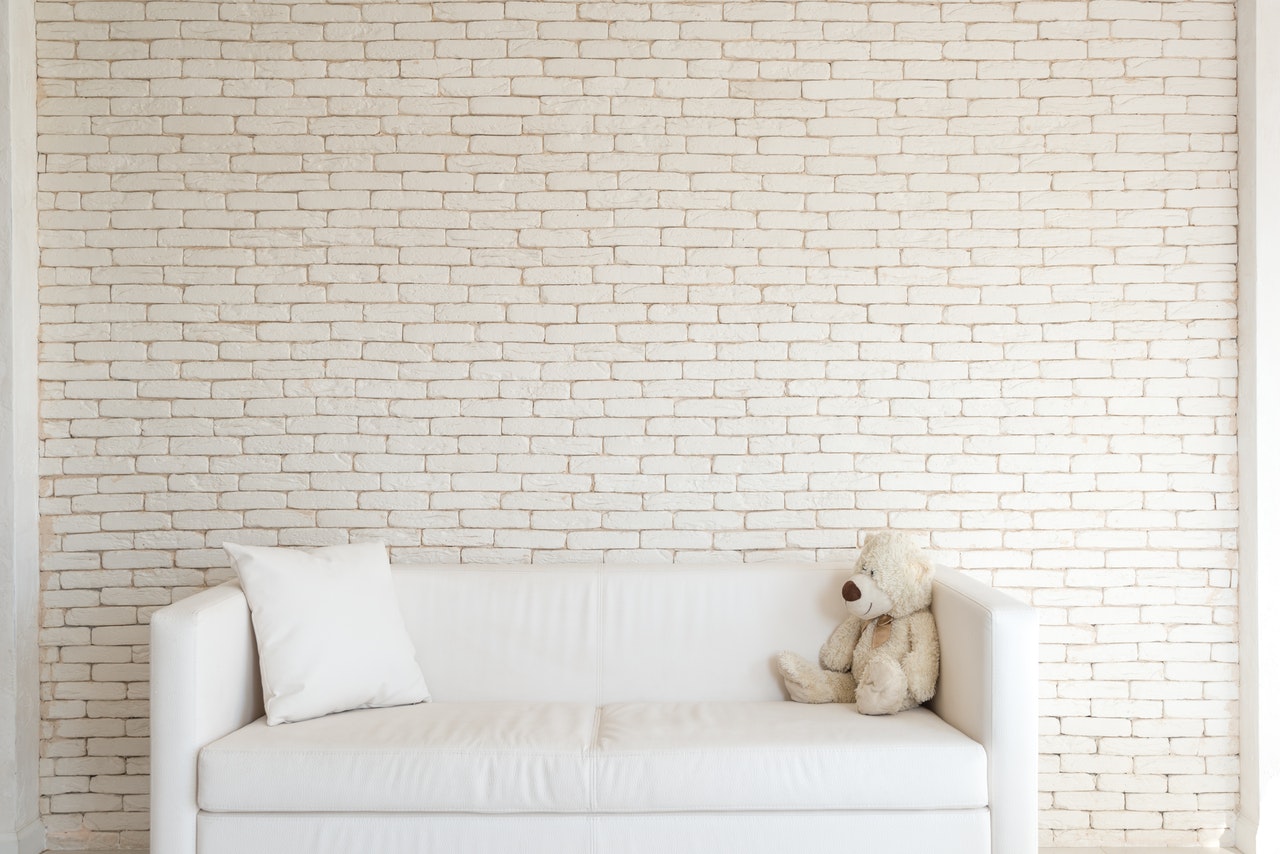
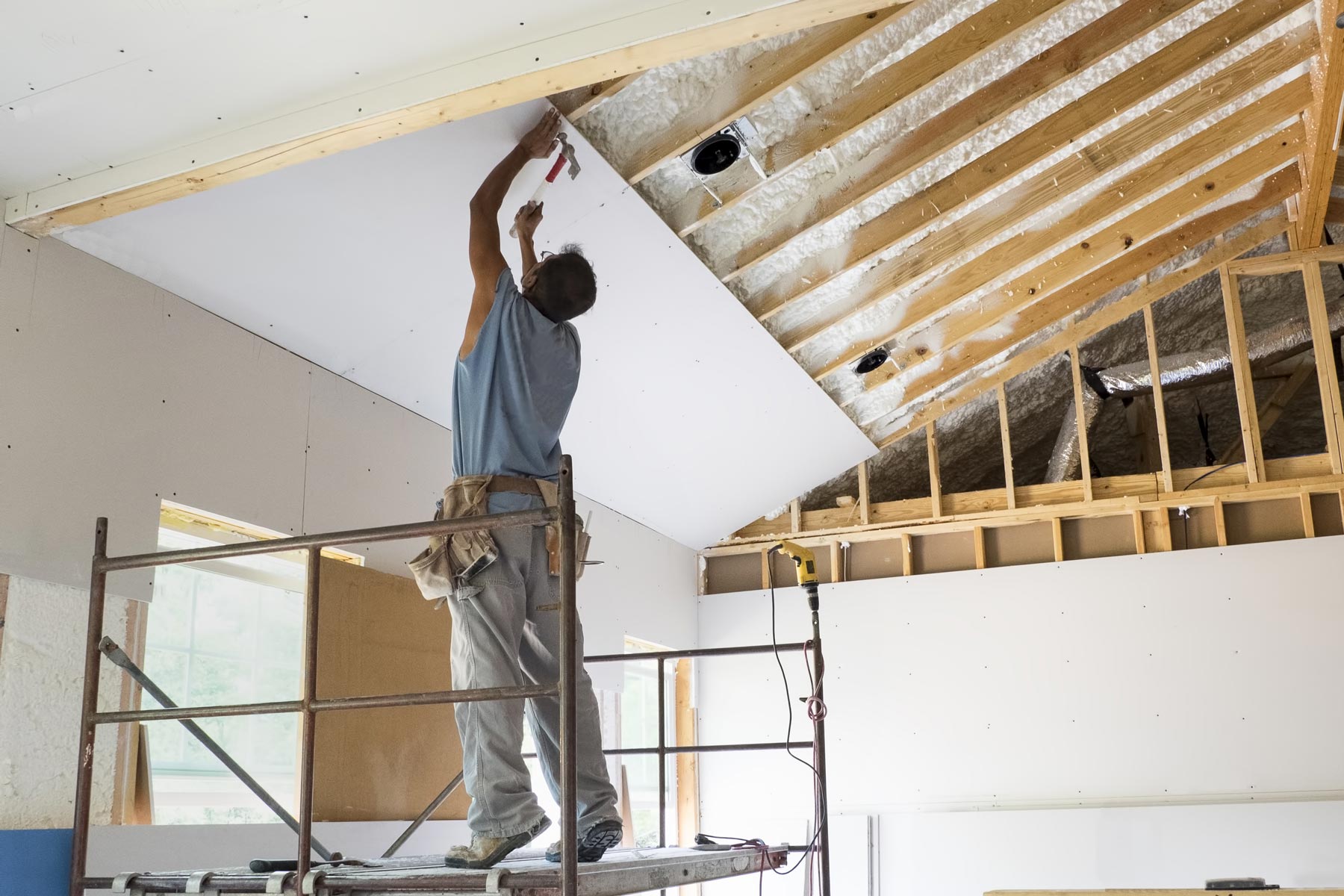
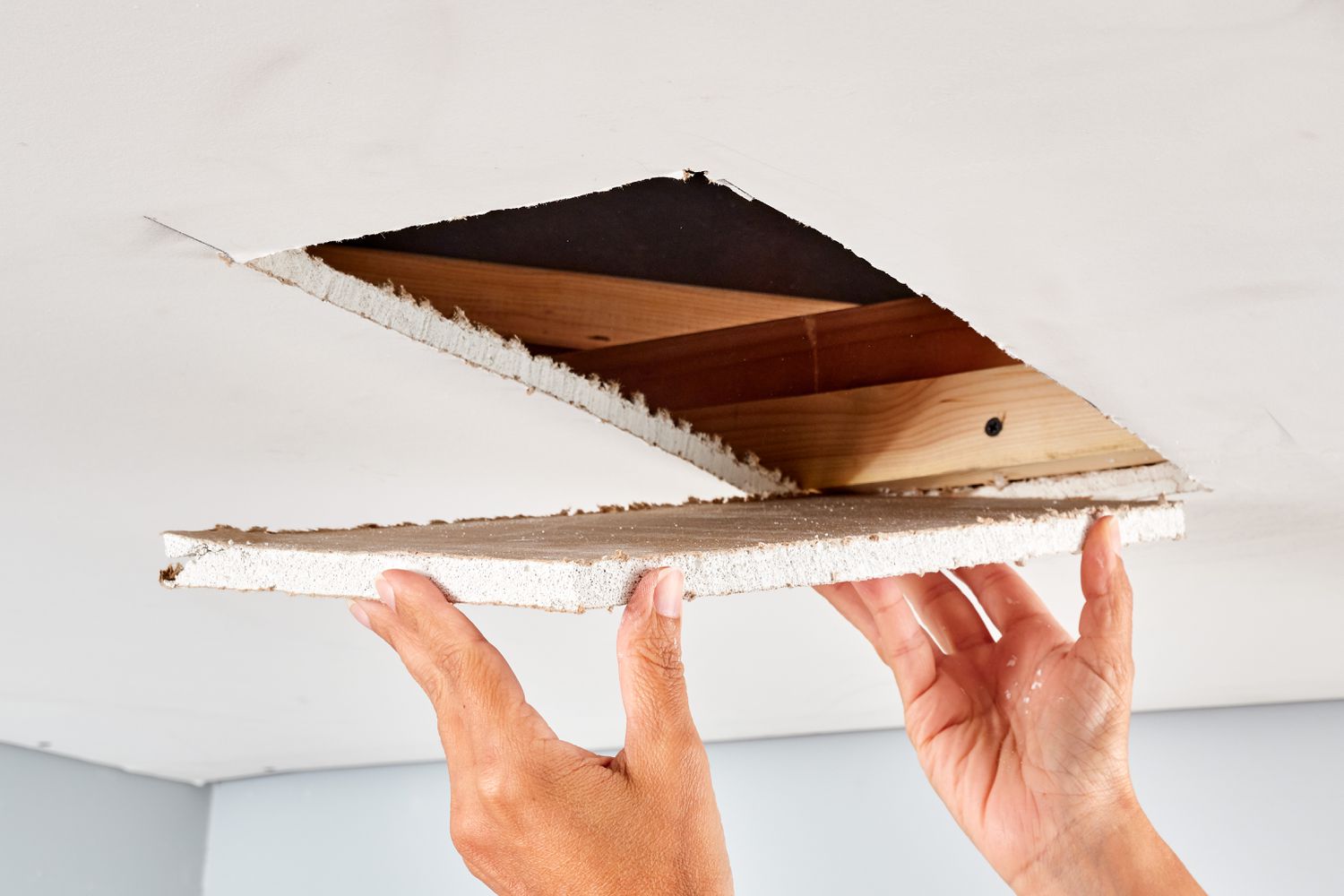
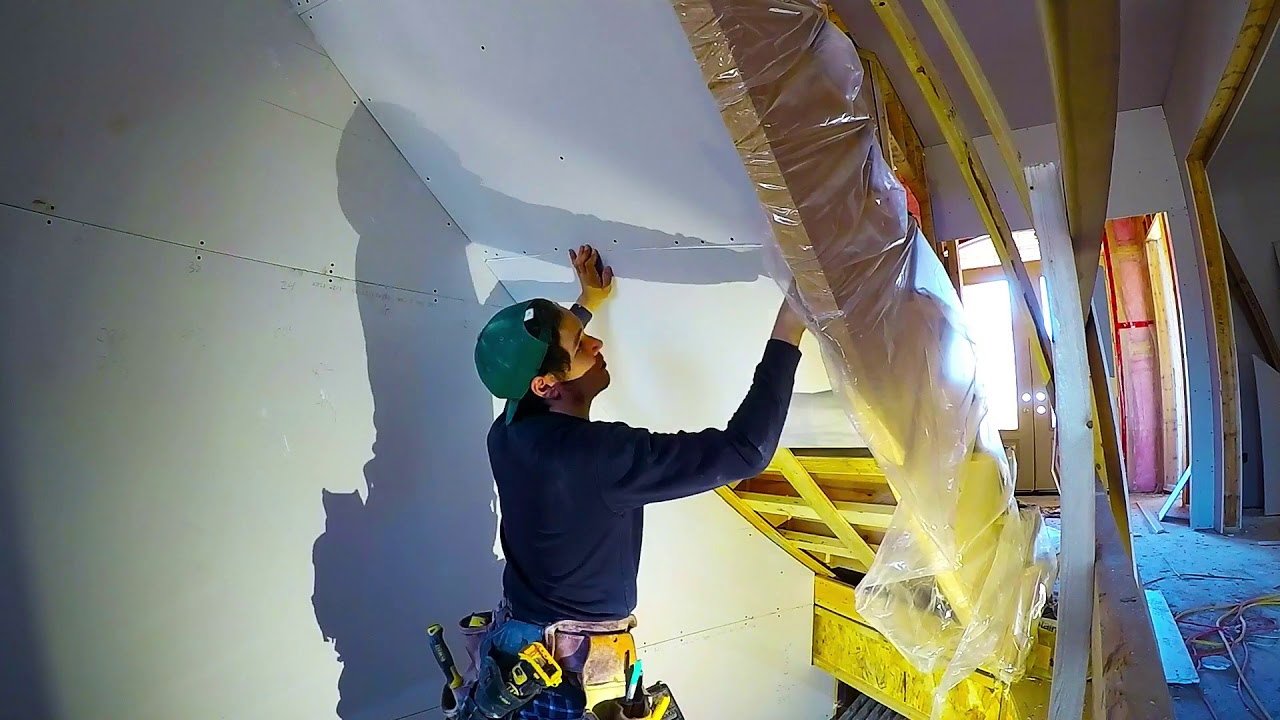

0 thoughts on “How To Choose A Level Of Drywall Finish”